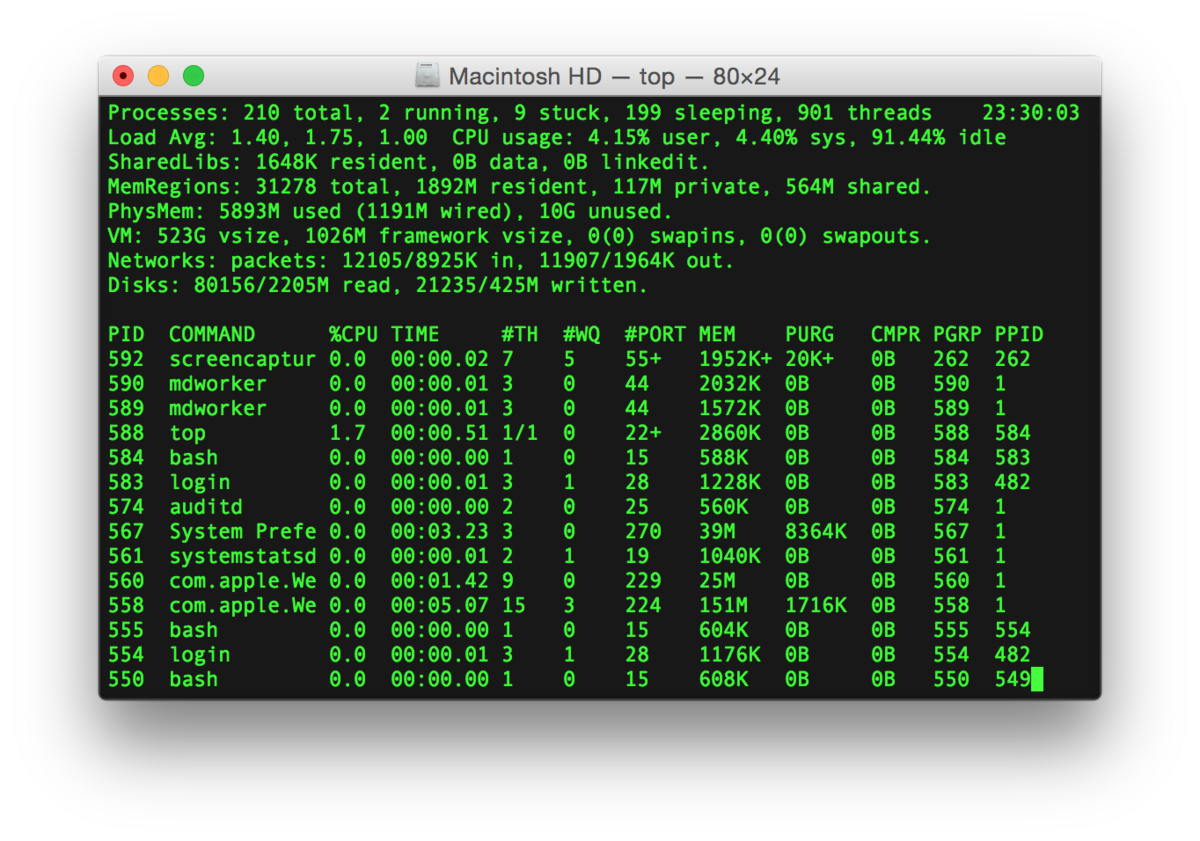Cp/Scp: Description: The Cp command is used primarily to copy one or more files and folders from. Make your Mac talk to you. One of the simplest commands which can be very fun, especially when. Use the inspector to view and manage running processes, and change window titles and background colors. How to use the inspector To browse the Terminal. What is $@ used for in Mac terminal? duplicate Ask Question Asked 4 years, 2 months ago. Active 4 years, 2 months ago. Viewed 73 times 0. This question already has answers here: What is the difference between “$@” and “$.” in Bash? duplicate (2 answers) Closed 4 years.
- What Is Mac Terminal Used For Android
- Mac Terminal For Windows
- What Is Mac Terminal Used For Business
- Mac Terminal Alternatives
Terminal User Guide
Each window in Terminal represents an instance of a shell process. The window contains a prompt that indicates you can enter a command. The prompt you see depends on your Terminal and shell preferences, but it often includes the name of the host you’re logged in to, your current working folder, your user name, and a prompt symbol. For example, if a user named michael is using the default zsh shell, the prompt appears as:
What Is Mac Terminal Used For Android
This indicates that the user named michael is logged in to a computer named MacBook-Pro, and the current folder is his home folder, indicated by the tilde (~).
Open Terminal
On your Mac, do one of the following:
Click the Launchpad icon in the Dock, type Terminal in the search field, then click Terminal.
In the Finder , open the /Applications/Utilities folder, then double-click Terminal.
Quit Terminal

In the Terminal app on your Mac, choose Terminal > Quit Terminal.
Quit a shell session
Mac Terminal For Windows
In the Terminal app on your Mac, in the window running the shell process you want to quit, type
exit, then press Return.
This ensures that commands actively running in the shell are closed. If anything’s still in progress, a dialog appears.
What Is Mac Terminal Used For Business
If you want to change the shell exit behavior, see Change Profiles Shell preferences.
Mac Terminal Alternatives
